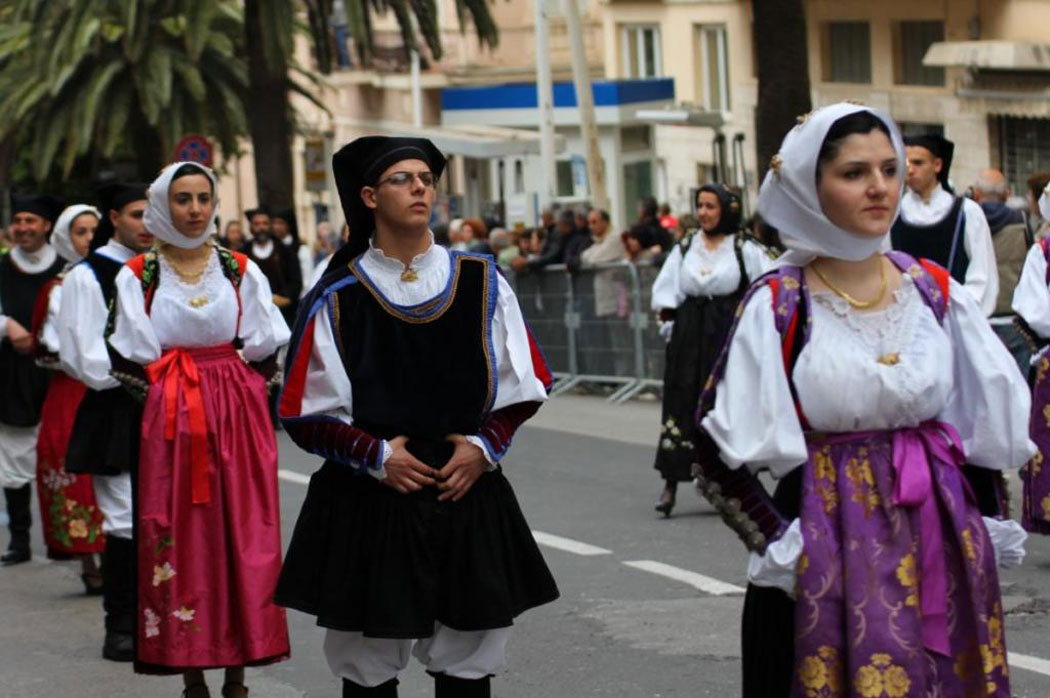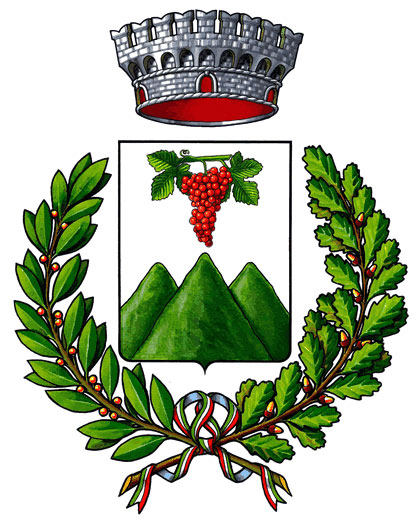

In its territory there is a rare yew forest (Taxus Baccata), an evergreen tree with very slow growth, where some trees reach 16 meters in height and 1.5 meters in diameter, and for this reason it has been declared a Natural Monument.
The area has been inhabited since prehistoric times and you can see several nuraghi (ancient Sardinian fortress) such as the Nuraghe Sas Doppias consisting of a large central body and another secondary tower.
The nuraghe tops with a tholos vault, that is to say, a dome.
It should be mentioned that tombs of giants have been discovered near Bono near the Nuraghe Ortivai and Praninghedda.
There is not much information on the Roman or Byzantine periods, but we know that in the 9th century, when Sardinia was divided into 4 Giudicati, Bono was part of the Giudicato of Torres-Logudoro.
The Giudicato (district) was a state in all respects and was ruled by a monarch, called Giudice, with a court, an administrative organization and international relations.
A very modern organization if we think that female succession was allowed and in this period the Sardinian territory was enriched with churches and palaces. The first church was the basilica of San Gavino (Saint Gavin) in Porto Torres built by workers who came from Pisa together with numerous merchants.
After the battle of Meloria between the Maritime Republics of Genoa and Pisa, the Giudicato ended up under the control of Genoa. After a series of internal struggles, the Giudicato was assigned to Queen Adelasia who had married Enzo di Svevia, son of the great Federico II.
Throughout the period of the Giudicati, Bono was part of the curatoria, that is the administrative region of the Goceano and the whole fertile territory of the Goceano was disputed between the Giudicati of Torres and Arborea.
During this period of well-being, splendid churches were built such as the parish church of San Michele Arcangelo (Saint Michael Archangel), which recalls the Pisan style, and a Franciscan convent in Monte Rasu. Here lived the blessed Giovanni Parenti, one of the first Franciscans of Sardinia.
It was in this period that the Church of San Gavino was built in Lorthia. The saint, martyred in Porto Torres with Proto and Gianuario, was much loved and is still celebrated in May.
The town of Lorthia was later abandoned in the eighteenth century probably due to the plague.
When in 1297 Pope Boniface VIII established the Kingdom of Sardinia and Corsica and assigned it to the Spaniards of Aragon, a period of decline began for Bono as for all of Sardinia. The Spaniards saw the island only as a territory to be ‘squeezed’ and events of particular interest did not happen.
In 1720, Sardinia passed to the Savoy and there was a period of improvement but also an awakening of pride. In fact, in 1796 Giovanni Maria Angioy initiated antifeudal motions that spread throughout the island.
Angioy was born in Bono and for this reason the repression of the Savoy began precisely from the bombardment and conquest of the town. In response, the Bonesi also attacked the Piedmontese troops taking some prisoners but the Savoy men got the better of it.
The story is illustrated in a large mural by Liliana Canu in the centre of the town. Another peculiarity in memory of that day is that the clock of the church of San Michele Arcangelo was activated as a result of 4 cannon balls fired during the bombardment of Bono, which the population managed to resist.
In 1860, like the rest of Sardinia, Bono became part of the Kingdom of Italy.







Follow us